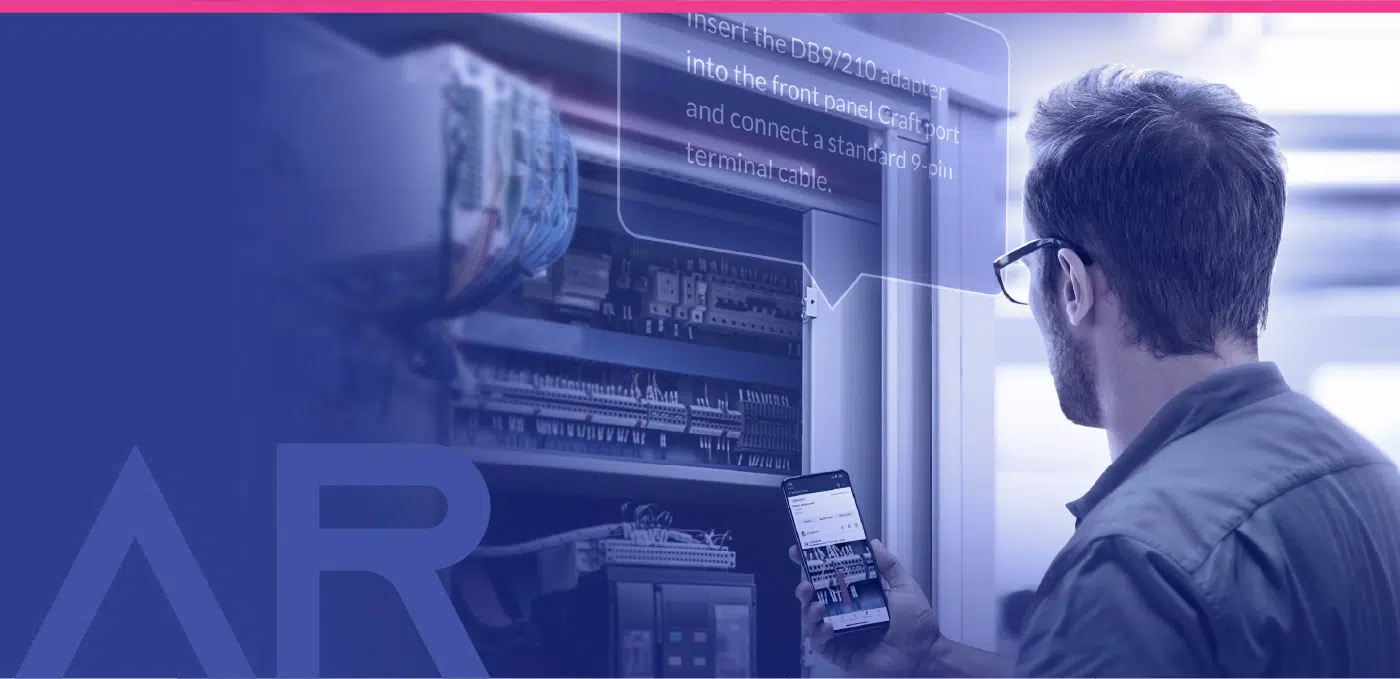The vast majority of field service organizations now outsource some level of field technician activity to subcontractors. In fact, the TSIA notes that 92 percent of technology companies with field service operations outsource some level of field service activity to third parties. Many benefits are associated with outsourcing customer and field service including filling talent gaps, dealing with surges, and managing budgets. However, subcontractors introduce other challenges.
The most frequently mentioned include:
Quality Not Up to Brand Standards – Subcontractors may not possess the skills and capabilities needed to complete service tasks right the first time. Outsourced technicians may not always be recruited or trained to achieve support results as an organization’s own employees.
Less Efficient – Subcontractors may lack the same skills and experience as the OEM workforce; it may take longer for subcontractors to repair failures and resolve service events, which in turn impacts their productivity. When “phone a friend” becomes the norm as subcontractors get stuck, other resources unexpectedly get bogged down, creating systemic service inefficiencies.
Less Reliable/Less Productive – Since subcontractors are either self-employed or work for someone else, there is a concern that they will not be as reliable or productive as the OEM’s workforce. Lack of focus can further impact time to resolve when third-party technicians are covering multiple vendors.
Compliance Issues – Because subcontractors do not receive the same level of training or supervision as the OEM workforce, there is a concern that subcontractors may not complete their service tasks to the same standards. Limited OEM personnel with the knowledge and experience to ensure compliance may be perceived by subcontractors as too difficult to reach when needed for an in-the-moment direction or verification.
Bridge the Skills Gap with Augmented Reality
Augmented Reality (AR) represents an easy-to-implement tool that offers a new way to enhance subcontractor quality and performance. AR remote assist and self-solve digital tools empower an outsourced support staff with engaging and effective guidance.
Self-Solve Effective
AR technology offers OEMs/FSOs an efficient and effective tool for providing “just-in-time” training to less experienced freelance technicians and subcontractors. AR achieves this result through its ability to capture asset content, deliver step-by-step instructions, verify action, and offer supplemental video and 2D content that users access to best match their learning style.
Visual step guidance contextually linked with a device a subcontractor will be working on provides a range of benefits. Perhaps one of the most beneficial is confidence. Technicians can use their handheld device or wearables to view step guidance contextually overlayed on the device they are working on. Each step can include supplemental content that might include a video example, images, or schematics. As a result, the outsourced technician has instant access to self-paced and self-tailored visual guidance, empowering decisive action that enhances efficiency and effectiveness.
CareAR Instruct
CareAR Instruct is a self-solve step-by-step visual guidance solution. It engages contactors with immersive, easy-to-use, step-by-step visual guidance for devices requiring support. Organizations with an outsourced or blended support team can overcome inexperience and optimize consistent performance when technicians prepare or conduct a service call with Instruct contextual visual direction.
Remote Assist In-The-Moment
AR-powered remote support tools empower subcontracted technicians with access to real-time video collaboration with OEM experts. These tools enable remote experts to see what the technician sees and then provide “over-the-shoulder” support.
Organizations with a contracted support workforce will realize a range of new benefits. One of the most impactful can be making OEM expertise more extensively operationalized with visual awareness of what the contractor is up against, coupled with graphical direction to speed results. Task verification is another benefit directly impacting quality and customer satisfaction. A contractor can engage with an OEM expert within an AR session to view the actual state of the device or part. The OEM can use graphical tools to zero in on the quality assurance focal point and confirm with visual confidence.
Contractors in the field will find AR visual guidance to be more effective than a phone-a-friend in resolving even the most challenging issues. Contracted technicians tend to not have the tenured experience that is frequently so valuable, especially when the unexpected is encountered. Augmented reality remote assist notably stands out when “that should not be there” moments are visually revealed by remote experts. Visual tools to help the contractor deal with the technical details.
CareAR Assist
Users and contractors who engage with remote visual collaboration using CareAR Assist with OEM experts experience several benefits . Technicians experience real-time graphical guidance locked in place using standard smartphones and tablets. This means no freezeframe pause or concern over their device’s movement. The ability to include any number of users within a CareAR Assist session makes it easy to add a subcontractor’s manager or multiple participants to a session with an OEM to help resolve issues that may include third-party contractual obligations in context with the technical issue at hand in real time.
Optimize Contractor Performance with Augmented Reality
A subcontracted or blended workforce is simply the “new normal” for most field service organizations today. New augmented reality self-solve and remote assist tools present new alternatives for upskilling and enhancing performance for third party frontline professionals.
Find out more by downloading the Blumberg Advisory Group’s new white paper titled, “The Impact of Augmented Reality on Subcontractor Field Service Performance”, here.

